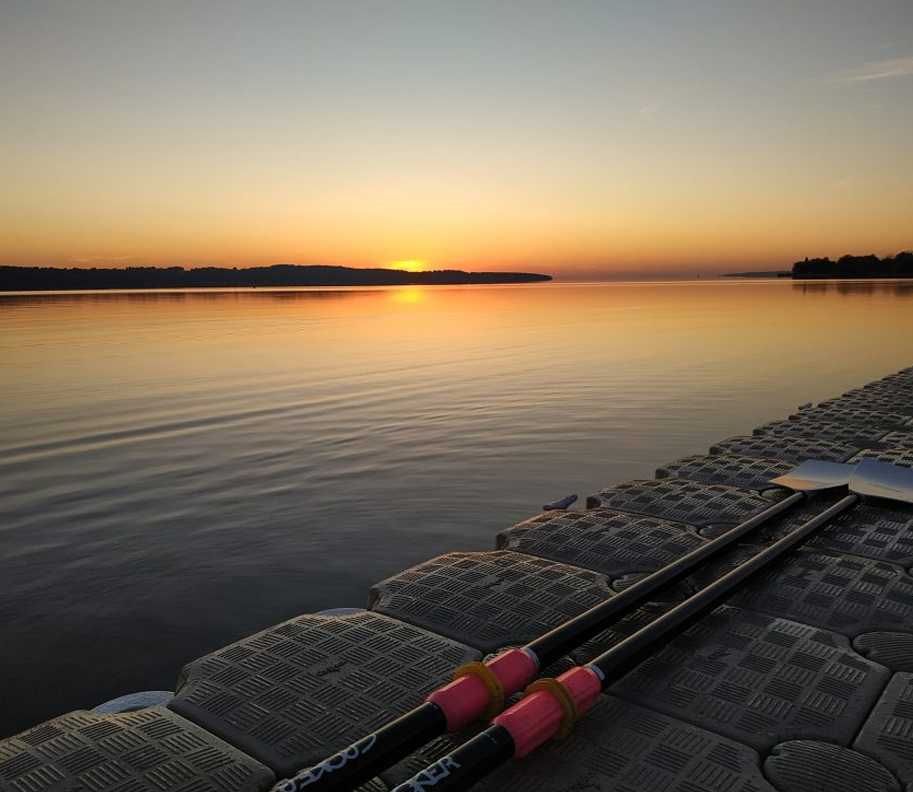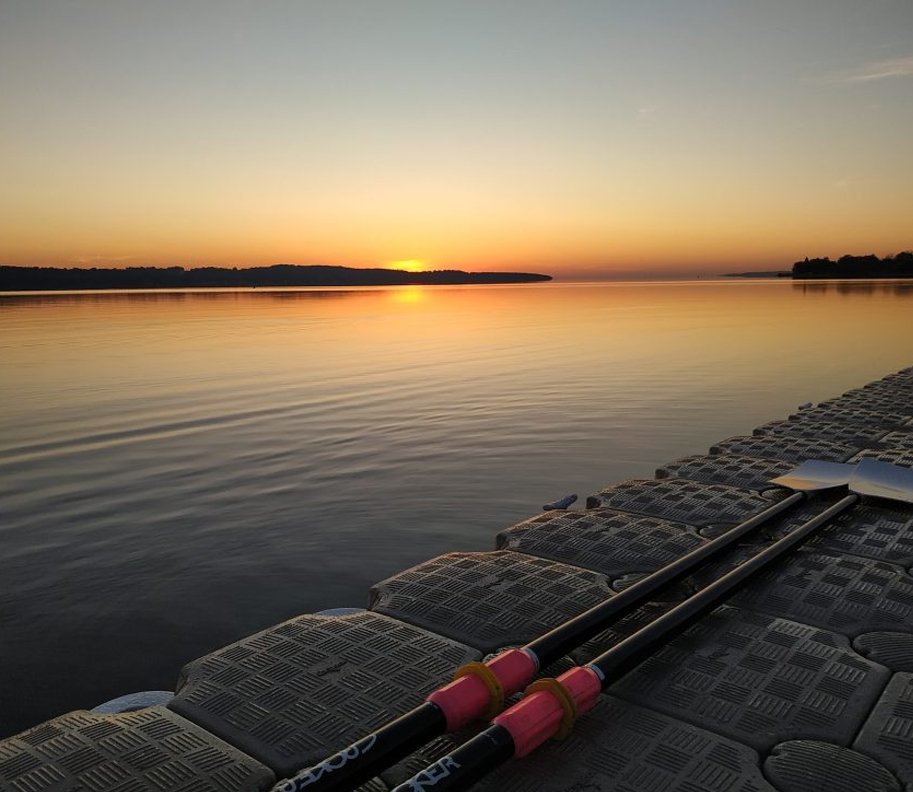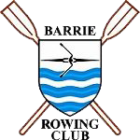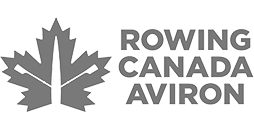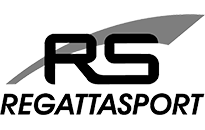Welcome To The Barrie Rowing Club
"On my first day of rowing, I was so excited. Rowing is great exercise and so much fun!"
~ Crosby
Our Programs
Indoor Rowing and Fitness
BRC offers dry land rowing sessions from September-May for community members...
Learn MoreIntro to Row
This program is designed to take newcomers from dock side to rowing in one weekend.
Learn MoreYouth Rowing
This summer rowing camp provides an introduction to rowing for youth 12-16 years old.
Learn MoreClub League
Build your technique with dedicated coaching in crew boats to get you ready for your first regatta.
Learn MoreCompetitive
The Masters program trains throughout the year. From May to October, training is...
Learn MoreRecreational Rowing
Club rowing is available for all members from May to October that wish to row on their own.
Learn More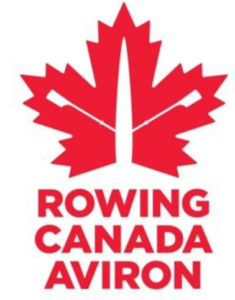
We are excited to announce that Barrie Rowing Club has been awarded a Canada Sports for All grant from Rowing Canada and Sports Canada. This funding is dedicated to programming designed to remove barriers and increase sport participation for newcomers to Canada and Barrie.
We are offering free registration for newcomers to Canada for summer Youth Rowing Programs and Intro to Row Courses (level 1, 2,3) for adults (16+).
Limited spaces available, first come first serve.
If you are a newcomer to Canada and interested in registering for a two week Youth Rowing (July 29-Aug. 9 or Aug 12th – Aug 23rd) or Intro to Row program (July 7th, 13th, 21st, 27th Aug 4th) you can complete the BRC Registration Form and email the club at [email protected].
Please contact a Settlement Worker in Schools (SWIS) at the YMCA Simcoe Muskoka Immigrant Services for assistance with registration or more information in languages other than English.
Job Opportunities
Interested in joining our crew? Look no further, check out the job opportunities the Barrie Rowing Club has to offer.
A Shared Dock
Sunrise over Kempenfelt Bay on June 18, 2020 – Thank you to the funds from the Ontario Trillium Foundation (OTF) and in partnership with the Barrie Canoe and Kayak Club for this first season with the new dock. We look forward to many more seasons of fitness and friendship while launching boats from this dock.
